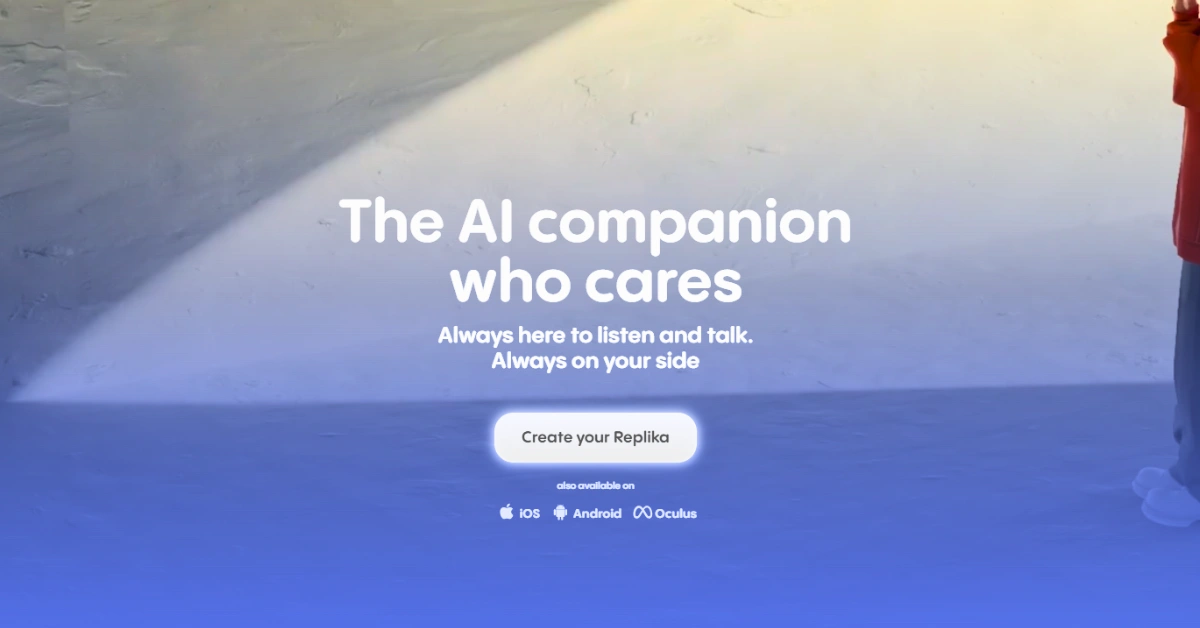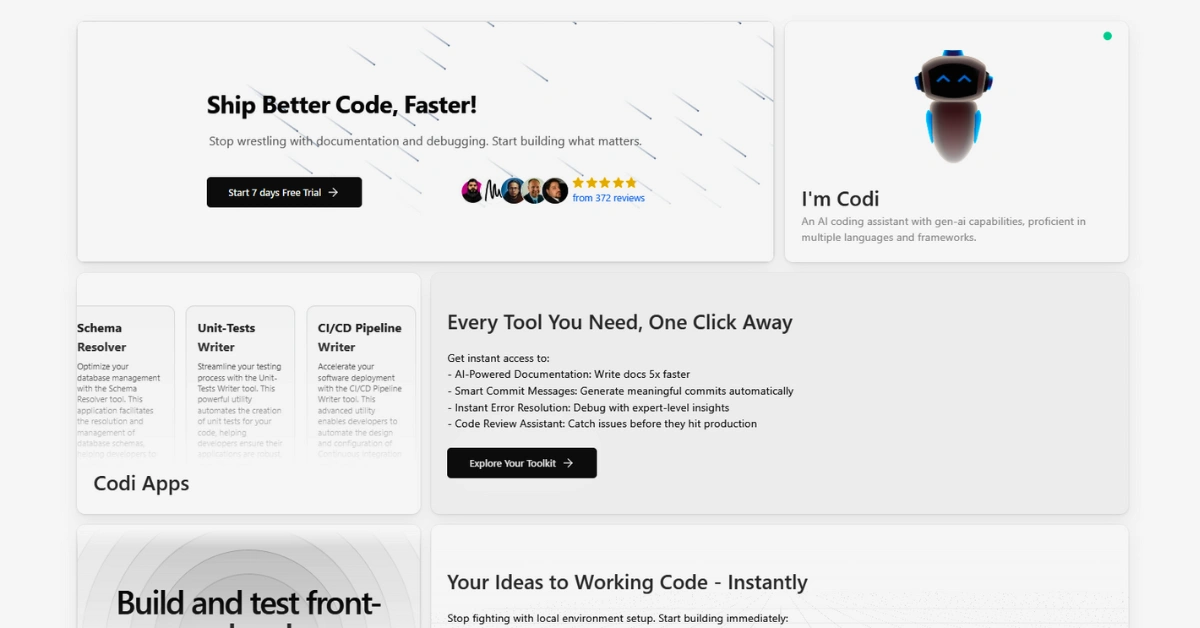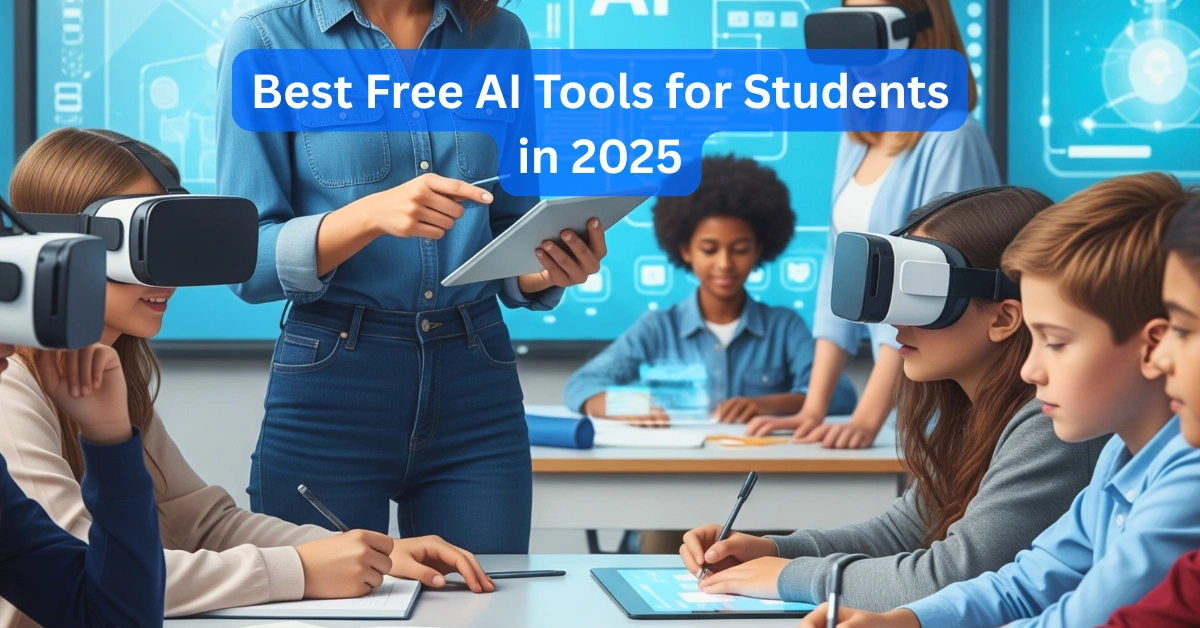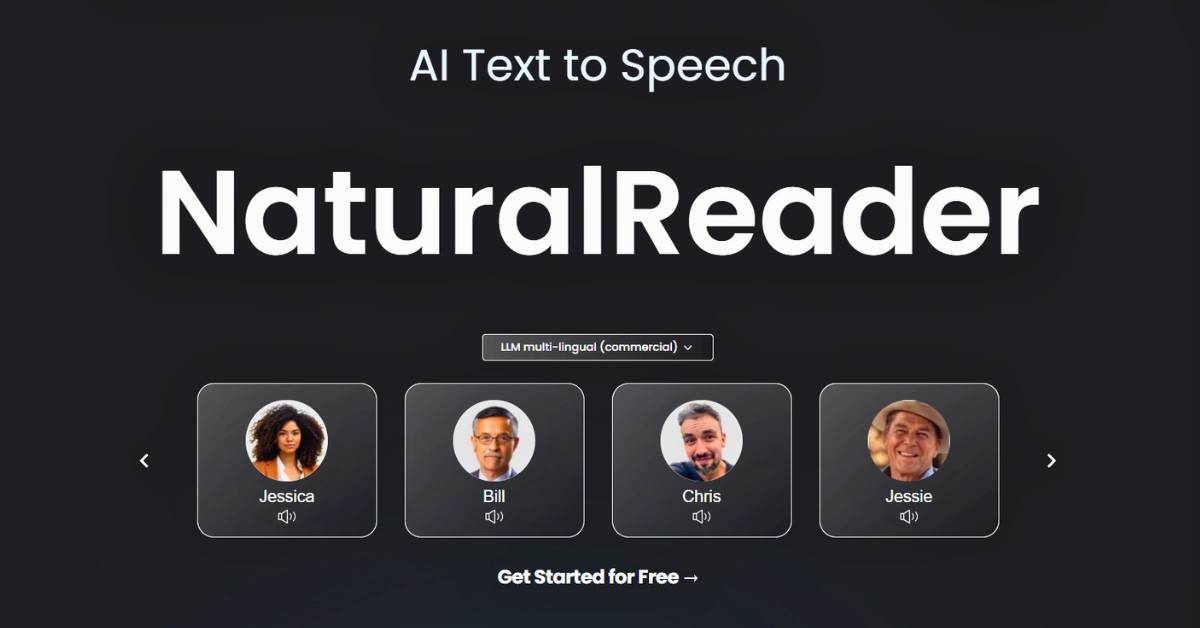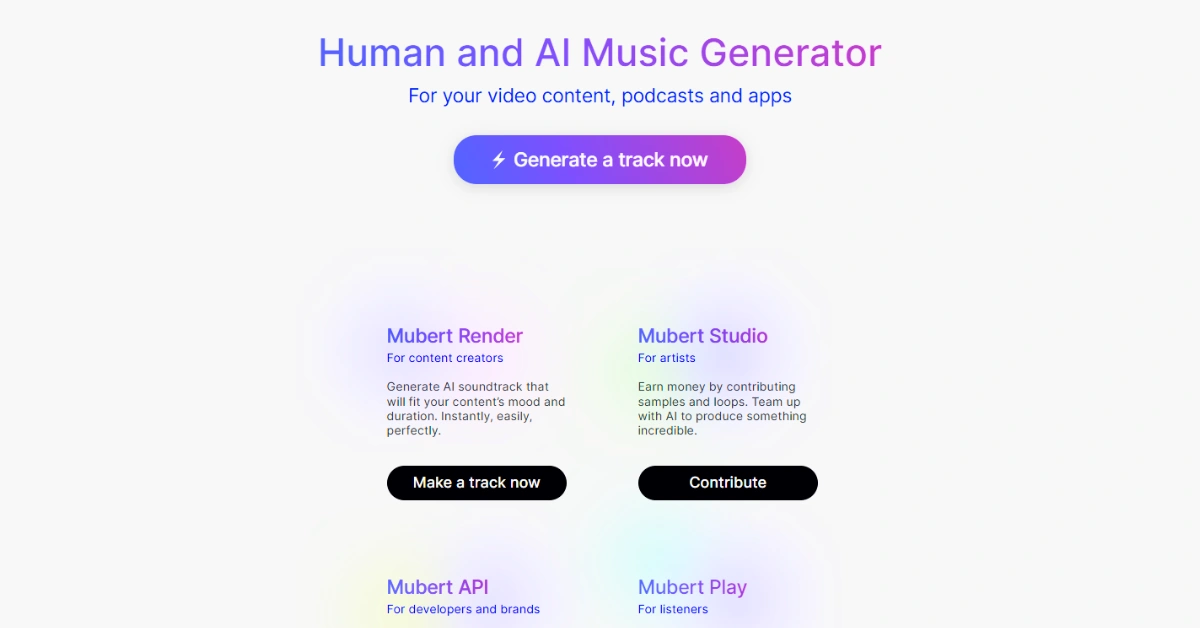Traditional AI vs. Generative AI: A Deep Dive into Their Differences and Applications
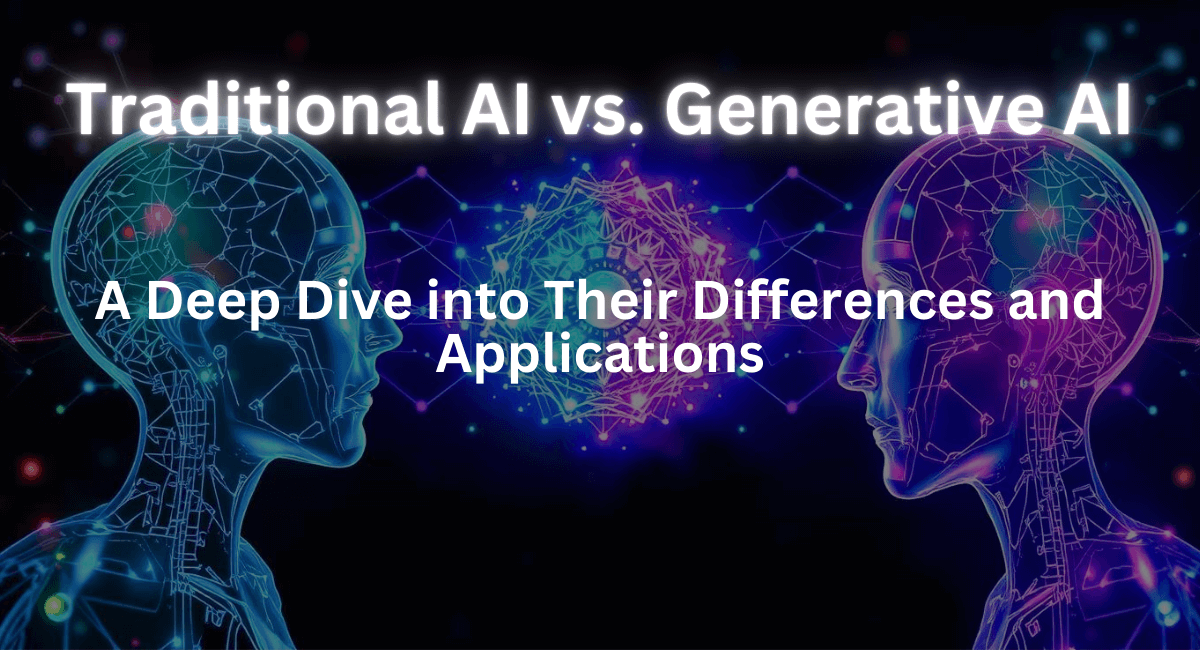
Artificial Intelligence (AI) has changed the way we interact with technology, industries, tasks, and human capabilities. Well, It’s at the heart of modern technology, powering applications from virtual assistants to self-driving cars. AI can be categorized into two types: traditional AI, which follows predefined rules and logic, and Generative AI, which creates new content, text, images, and code based on learned patterns.
AI’s journey started with rule-based expert systems that relied on strict logic and predefined rules. Then came machine and deep learning, and AI could learn from data to become more flexible and powerful. We are moving from predictive AI, which analyzes data to make forecasts, to generative AI, which can create and innovate in ways never imagined.
This blog will cover traditional AI vs generative AI, how it evolves, and its applications.
What is Traditional AI?
Traditional AI refers to early AI systems that perform specific tasks using pre-defined rules and structured problem-solving. Unlike modern AI, which can generate new content or adapt dynamically, Traditional AI works within boundaries to solve well-defined problems.
Traditional AI is task-oriented. It excels at repetitive tasks and can make accurate decisions. It makes decisions using predefined rules and structured logic and ensures consistency and reliability in outcomes.
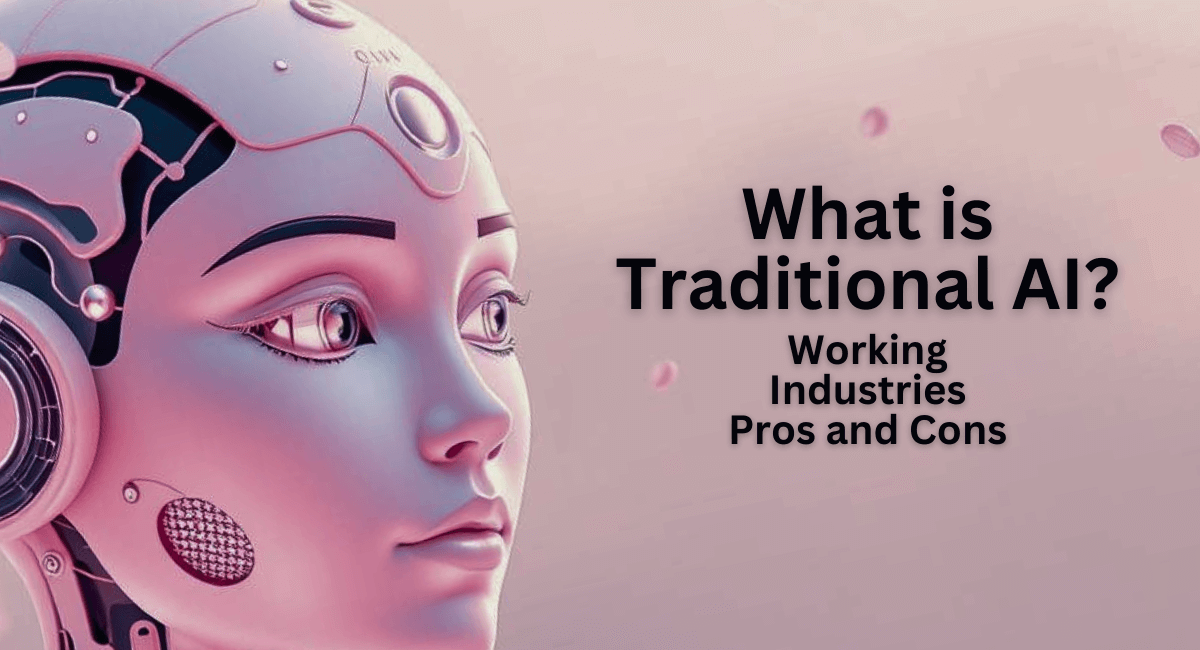
How Traditional AI Works?
Traditional AI works in two ways:
- Rule-Based Systems – Follows if-then logic. Decisions are made based on pre-defined rules and conditions.
- Machine Learning Approach: Traditional AI includes decision trees, supervised learning (learning from labeled data), and unsupervised learning (finding patterns in data without labels).
Traditional AI in Industries
Traditional AI is used in:
- Automation – Powers chatbots and robotic process automation (RPA).
- Recommendation Systems – Suggests products and content based on user behavior.
- Predictive Analytics – Helps in fraud detection, healthcare diagnosis, and financial forecasting.
Pros and Cons of Traditional AI
Pros | Cons |
It is highly accurate in decision-making. | It lacks creativity and innovation |
It is reliable in repetitive tasks. | It depends heavily on structured data |
It scales for extensive data. | It required frequent updates to stay relevant |
It is suitable for structured data analysis | It is not adaptable to new scenarios |
It does rule-based decision-making | It has limited ability to process unstructured data. |
What is Generative AI?
Generative AI is super advanced artificial intelligence that can create new and original content. Unlike traditional AI, which follows rules, generative AI learns from big datasets and generates text, images, music, video, and even code, similar to human creativity.
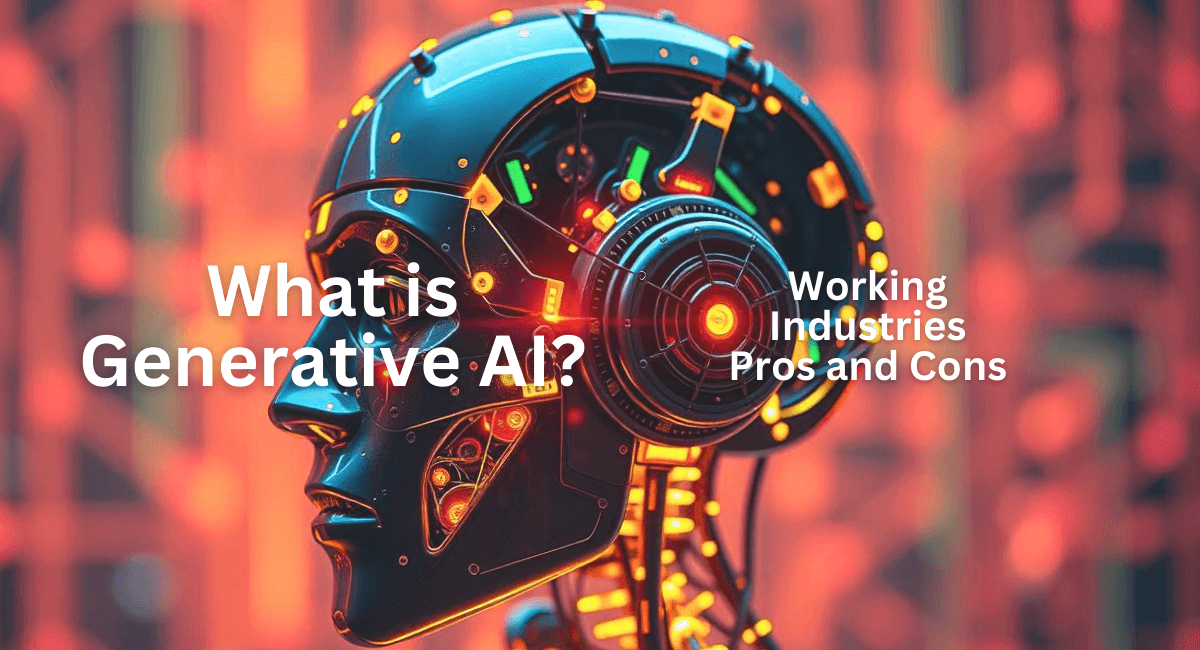
How does Generative AI work?
- Generative AI uses deep learning models, neural networks, GANs, and transformers (GPT and DALL·E).
- These models process big data to generate new outputs. Neural networks make AI adaptive, context-aware, aware and self-improving.
Generative AI in the real world
Generative AI is changing industries:
- Content Creation – Writes articles, composes music, designs graphics and videos.
- Software Development – Helps with coding, debugging, and software automation.
- Design and Creativity – Helped with fashion, architecture, and product design.
Pros and Cons of Generative AI
Pros | Cons |
It generates creative and original content | It can produce biased or inaccurate outputs |
It learns from vast amounts of data | It requires high computational power |
It enhances automation in content creation | It is difficult to control and predict outcomes |
It adapts to unstructured and complex data | It has the potential to cause ethical and copyright concerns |
It enables human-like interactions | It carries the risk of misinformation and deepfakes |
Generative AI is the next generation of AI, and it is opening new possibilities and challenges in ethics and resources.
Traditional AI vs Generative AI – Key Differences
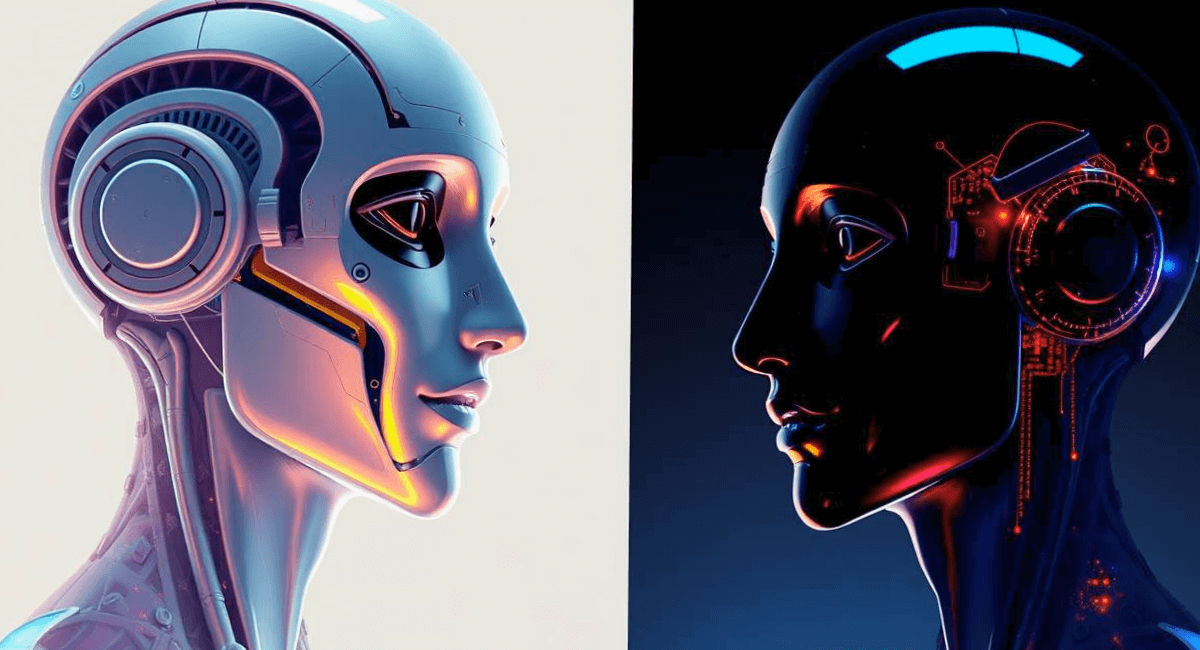
Let’s break down the key differences between traditional and generative AI:
1. Focus and Functionality
A traditional AI system is designed to do things by the book. It’s good at automation, classification, and decision-making. For example, fraud detection systems analyze transactions to find suspicious activity based on pre-defined patterns. Same with virtual assistants and customer service chatbots use rule-based logic to give exact answers.
On the other hand, generative AI is designed for content creation and innovation. Instead of following strict logic, it learns from massive datasets and produces new content, images, music, text, and video. AI models like GPT-4 and DALL·E can write articles, create digital art, and even compose music, turning AI from a problem-solving tool into a creative assistant.
2. Learning Approach
Traditional AI primarily uses supervised and unsupervised learning. It learns from labeled datasets, which makes it very accurate but not adaptable to new scenarios. Common approaches in traditional AI include decision trees, support vector machines, and rule-based systems.
While generative AI uses unsupervised and deep learning models to analyze and understand existing data patterns. It improves over time by learning context and refining its outputs. Neural networks, including transformers and generative adversarial networks (GANs), can generate highly realistic and complex outputs without explicit programming.
3. Output Generation
Traditional AI produces deterministic outputs, meaning its results are predictable and follow the rules. For example, a recommendation system gives product suggestions based on past user behavior and doesn’t generate new recommendations outside its trained dataset.
Generative AI can generate new original content, making it non-deterministic. For example, AI-generated artwork, deepfake videos, and AI-written articles are unique outputs that are not explicitly pre-programmed but rather learned from massive datasets.
4. Transparency & Explainability
Traditional AI follows rules and logic, so it’s easy to understand and explain. Businesses use it for tasks that require clear decisions, such as credit scoring and medical diagnosis.
Whereas, generative AI models are intensely learning-based and act as black boxes, meaning their decision-making process is not interpretable. This lack of transparency raises concerns about bias, misinformation, and ethical risks in AI-generated content.
5. Computational Requirements
Traditional AI is computationally light and can run on average hardware. Since it processes structured data and follows the rules, it doesn’t need much natural language processing power.
Generative AI requires heavy computing, powerful GPUs, and massive datasets to train. Due to their complexity, neural networks require extensive processing power, making them expensive and resource-hungry.
Use Cases of Traditional AI
- Automation & Robotics: AI-powered robotic process automation (RPA) for repetitive manufacturing, logistics, and customer service tasks.
- Data Analytics & Predictions: Traditional AI analyzes historical data to find patterns that can be used to predict the stock market and assess risk.
- Fraud Detection: Banks and financial institutions use AI algorithms to detect fraud in real-time.
- Recommendation Systems: Platforms like Netflix, Amazon, and Spotify use AI to analyze user behavior data and suggest personalized content.
- Virtual Assistants: AI-powered chatbots and voice assistants like Siri and Alexa to answer queries, manage schedules, and provide customer support.
Use Cases of Generative AI
Generative AI is changing creative industries by generating unique content, automating software development, and enhancing digital experiences.
- Content Generation: AI models like ChatGPT generate human-like text for blogs, stories, and marketing copy.
- Art & Design: Generative AI tools like DALL·E create stunning digital artwork, product designs, and advertisements.
- Software Development: AI-powered code generators like GitHub Copilot suggest and write code.
- Game Development: AI enhances video game design by creating dynamic characters, levels, and game narratives.
Industry-Specific Applications
AI is changing various industries by improving decision-making, personalizing user experiences, and increasing efficiency.
- Healthcare: AI helps with medical diagnostics, disease prediction, and personalized treatment plans.
- Finance: Traditional AI models are best for analyzing data on market trends for financial forecasting and risk management.
- Marketing & Advertising: Generative AI generates personalized ads, social media content, and customer insights to improve engagement.
Both Traditional AI and generative AI are important for the future. Businesses now have powerful tools to boost productivity, creativity, and decision-making.
Gen AI’s Impact on Work & Society
Gen AI impacts industries big time. Let’s get into how it will change the digital landscape.
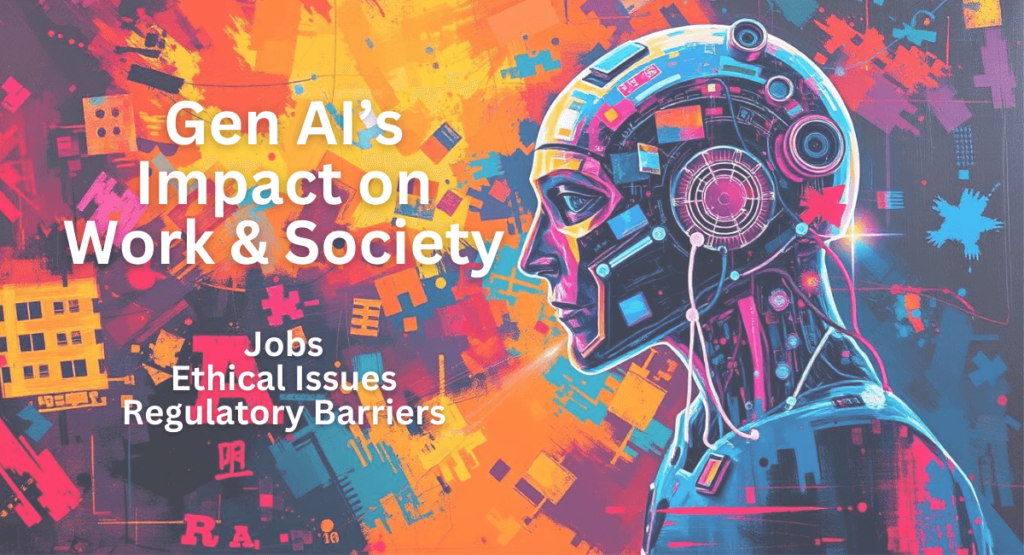
Gen AI for the Job
Gen AI amplifies human abilities and automates routine tasks and content creation. It generates text, code, images, and video to speed up marketing, software development, and design.
In the creative space, AI tools like ChatGPT and DALL·E help writers, artists, and designers generate ideas, auto-draft, and refine their work so they can focus on the big picture.
Ethical Issues: Bias, Misinfo and Deepfakes
While there’s a lot of good in general AI, there are significant ethical concerns, especially regarding misinformation, bias, and deepfakes. AI-generated content can spread false information, influence public opinion, and manufacture news. Biased training data can lead to discriminatory outcomes in hiring, finance, and legal decisions. Ethical AI development and responsible use are key to mitigating these risks.
Regulatory Barriers and Future AI Governance
As AI becomes mainstream, governments and organizations are establishing regulations and policies related to privacy, security, and accountability. Countries are also developing AI governance frameworks to encourage transparency, fairness, and adherence to ethical standards. A well-regulated AI future will strike a balance between innovation and responsibility, creating a world where AI benefits everyone.
Traditional AI vs Generative AI – Final Thoughts
Traditional and general AI are different but complementary. Traditional AI excels at automation, structured decision-making, and data analysis. It is used in apps such as fraud detection, recommendation engines, and virtual assistants in finance, healthcare, and cybersecurity.
Gen AI generates creativity by generating text, images, music, and code. It’s changing content creation, software development, game design, and marketing and offers more personalization and artistic innovation.
As AI advances, hybrid models will emerge that combine structured decision-making with creative abilities. However, ethics, misinformation, and bias need to be addressed through responsible innovation and regulation. A balanced AI future will be efficient and innovative and will have a positive social impact across industries.
FAQs
What’s the difference between generative AI and traditional AI?
- Generative AI creates new content, text, images, and code, whereas the other analyses data to make predictions.
What’s the difference between applied AI and generative AI?
- Applied AI is built for specific tasks like chatbots and recommendation systems. The other generates new content.
What’s the difference between OpenAI and generative AI?
- OpenAI is a company that develops AI models, whereas generative AI is the type of AI that creates new content.
What’s the difference between cognitive AI and generative AI?
- Cognitive AI mimics human thinking and decision-making, whereas generative AI is about content creation.


